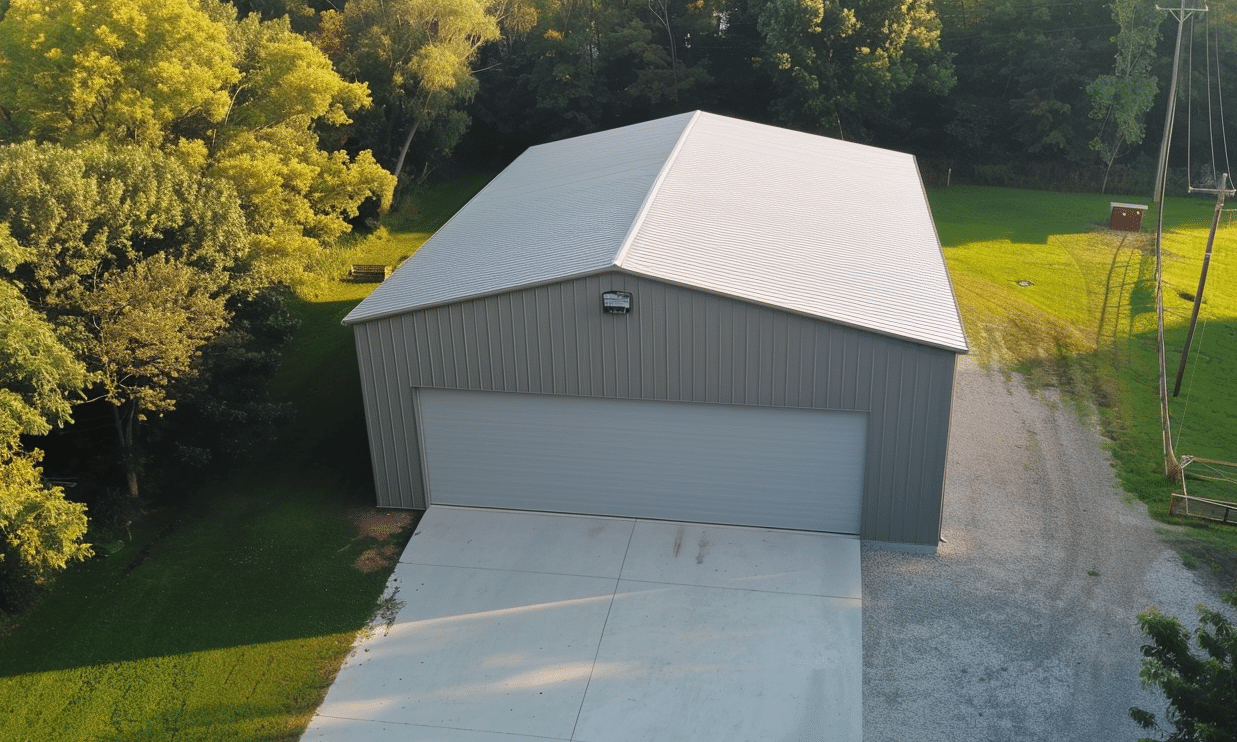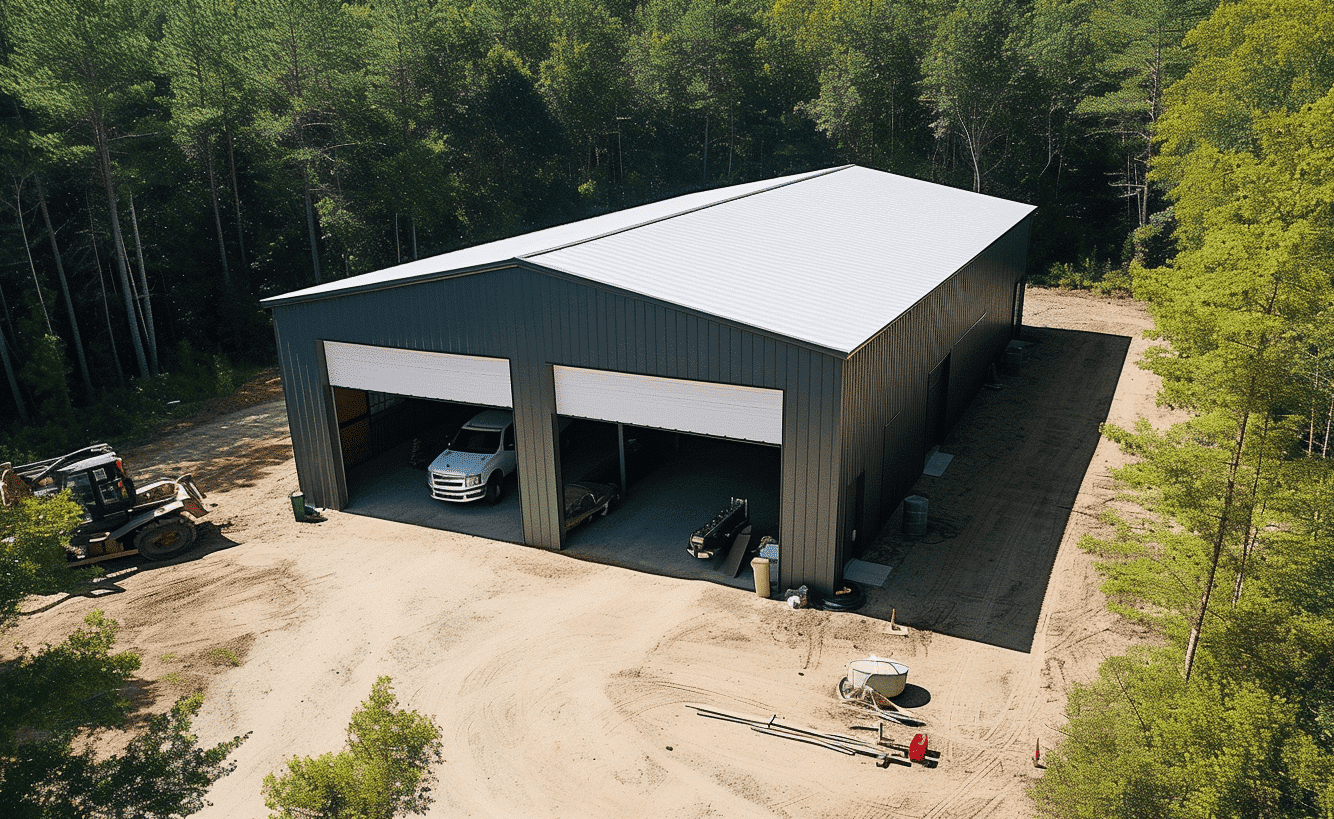In a world that increasingly emphasizes the importance of sustainability and environmental consciousness, eco-friendly interior design is becoming more than just a trend — it’s a paradigm shift. But what exactly does eco-friendly design look like, and how can we incorporate it into interiors, notably within steel buildings? Let’s explore some innovative solutions to create interiors that are as kind to the environment as they are appealing to the eye.
Achieving a sustainable interior doesn’t have to feel like Herculean labor. In fact, it’s akin to adding that secret ingredient to your favorite recipe. It’s about striking the right balance, making thoughtful choices, and blending in nature-inspired elements where possible. Shall we dive deeper?
What Makes Interior Design Eco-Friendly?
Eco-friendly interior design revolves around making responsible choices that contribute to the health of the planet and its inhabitants. This involves using materials that are sustainable, recyclable, and non-toxic. Imagine outfitting your sanctuary with furnishings that provide comfort while gently treading on Mother Earth.
Consider the benefits of using reclaimed wood, recycled metal, and other renewable resources in your home or office interiors. These materials are durable, often come with rich histories, and using them reduces the need for producing new materials — a win for sustainability!
The Power of Paint and Fabrics
Choosing the right paints and fabrics can significantly bolster your eco-friendly efforts. Opt for zero-VOC (Volatile Organic Compounds) paints and natural fiber textiles, which ensure that the air quality inside remains pristine. These options are akin to an umbrella on a rainy day, protecting your indoor environment from unwanted toxins.
Biophilic Design: Connecting with Nature
One approach that merges nature with interiors is Biophilic design. By incorporating natural lighting, plant life, and organic materials, spaces become more inviting and may even boost the mood and productivity of their inhabitants. It’s like bringing the outside in without the worry of weather disruptions.
Harnessing Technology for Energy Efficiency
Technology isn’t just about the latest gadgets; it’s a powerful ally in eco-friendly interior design. Energy-efficient lighting, smart thermostats, and programmable devices can optimize energy usage. Lighting alone can make a big difference — consider LED options for a touch of sustainability that shines brightly.
Steel Building Design and Energy Efficiency
Steel structures are renowned for their durability and strength. But did you know they can also be energy-efficient marvels? Choosing a Steel Building Design allows for precise insulation installations, reducing the need for artificial heating and cooling. Pairing steel interiors with sustainable materials creates structures that are not only resilient but also environmentally friendly.

The Role of Insulation in Eco-Friendly Interiors
Green insulation is a critical component of energy efficiency. It’s much like the thermal blanket you throw over yourself on a chilly night, retaining warmth efficiently. By selecting Green insulation in energy efficiency, you enhance thermal regulation within your building, lowering energy costs and benefiting the environment.
Eco-Friendly Materials in Modern Agriculture Buildings
Sustainability in construction is not limited to residential or commercial spaces. It is equally paramount in modern agriculture buildings. These structures can be designed using eco-friendly materials and systems that promote both resource efficiency and improved agricultural yields. From solar panels to rainwater harvesting systems, agricultural spaces are stepping stones toward a greener future.
Resources and Information on Green Interiors
For those in Canada seeking more guidance on sustainable building design, the Canada Mortgage and Housing Corporation – Green Building Interiors provides extensive resources on eco-friendly interiors. They offer insights that reflect the uniqueness of Canadian climates, ensuring that your designs are both practical and sustainable.
Making Small Changes Count
Sometimes, even small steps can lead to significant impacts. Switching to reusable, sustainable products in interiors, harnessing natural light, and managing water usage can make a profound difference. It’s the small pebbles that start the avalanche — modest changes that pave the way for a greener world.
Conclusion
As we wrap up this journey through eco-friendly interior design, the key takeaway remains clear: every choice matters. Whether you are integrating sustainable practices into a steel building, modern agricultural structure, or your cozy abode, remember that sustainability is a cumulative effect. Each choice contributes to the larger goal of an eco-friendly future, where interiors are not just beautiful but responsible.
Embarking on this journey is more than a trend; it’s a statement — a pledge to live harmoniously with our planet. So, the next time you plan your interior design, why not choose options that the Earth would say a happy “thank you” for?










